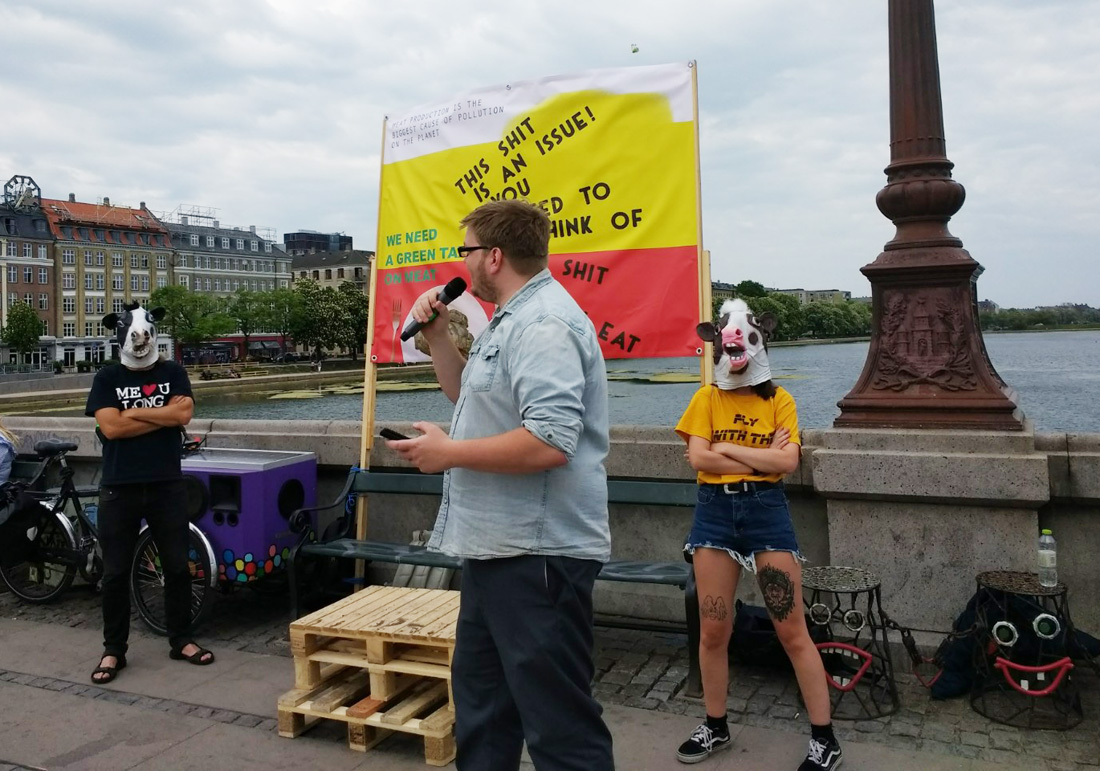Asking if you can have impact using digital advocacy is like asking if you can have impact using the telephone. Digital advocacy is a tool – it’s not a strategy in itself.
Liba Beyer
We have big dreams and ideas, and we go after them. We want to know that what we’re doing is making a difference. So how do we get better at it? How do we evaluate our advocacy? Improve? Adjust? Revolutionizing Activism: How do We Know It Works, proffered a framework of what it looks like to evaluate your activism in practice. Stephen Duncombe, Center for Artistic Activism co-founder, led a conversation with Liba Beyer (Chief of Global Campaigns UNHCR), and multidisciplinary artist Shaun Leonardo, full of insights and tips we think you’ll find useful!
1. Define Your Goals
Stephen Duncombe notes that evaluation begins with ideation: “In order to evaluate effectively, you really have to think about what you want to have happen before you can assess whether it actually does happen.” This varies of course, but it’s the first step towards being able to evaluate the impact and efficacy of your activism.
2. Respect the Levels of Impact
Shaun Leonardo noted that while his ongoing work, Primitive Games– a performance that invited different groups of people to debate gun violence with their bodies rather than words– hasn’t changed policy just yet, it has made a difference. “Now, what was interesting to me is that their belief systems and the ways in which their world views are so entrenched, those things did not necessarily shift dramatically. But what I heard was a willingness and openness to say that maybe I don’t have it all correct. There was a desire to listen to these participants, to the opposition of the debate, because they had passed through a process in which they had to see each other first as human beings.”
3. Partner Up!
Liba Beyer notes that one of the tricky things about evaluation is that it is often expensive. Beyer recommends whether going at it solo, as a small organization, or as a larger team, a key element of successful evaluation is working with partners:” they’ve got to be partners who give legitimacy, give local flavor, give diversity, relevance, compliment what your organization, and what your initiative is.”
We hope you check out the discussion and let us know what you think.
And for further reading about evaluating the efficacy of your advocacy check out our book, The Art of Activism, and our very own experiment to evaluate the efficacy of artistic activism, The Copenhagen Experiment.
For more information about Revolutionizing Activism, click here.



